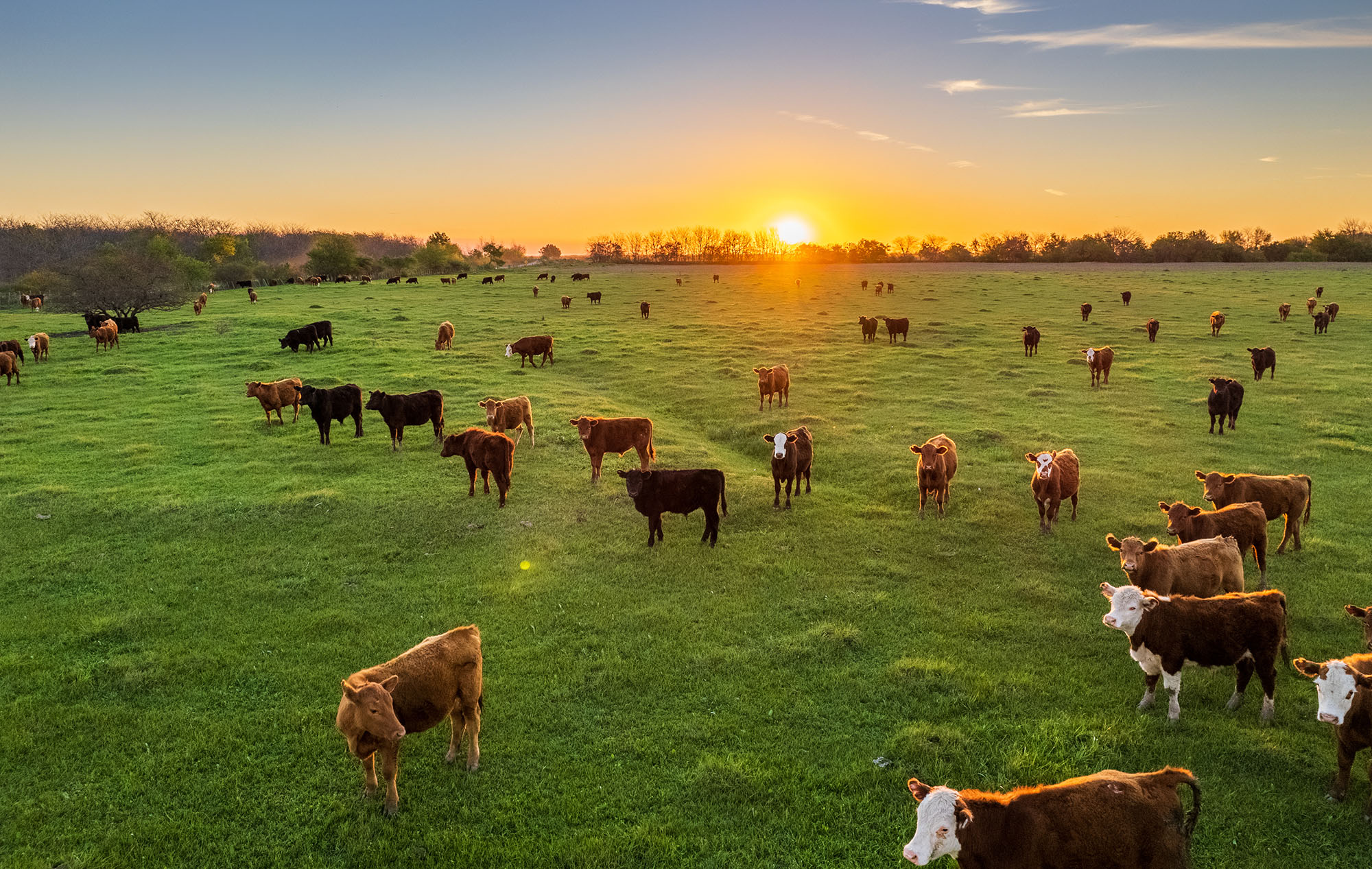In Uruguay, a country where there are nearly 4 times as many cows as people, you can bet they take their beef seriously. They’re consistently among the frontrunners for most beef consumed per person; Uruguayans actually eat about 110 pounds per year, nearly double the American average. Not only that, Uruguayan farms also take up more than three quarters of the country’s total land, which is roughly the size of Washington state.
This country may be small, but they’ve made a big name for themselves in the global meat market, known for their outstanding grass-fed beef. The United States, Europe, and China import the most Uruguayan beef, and demand continues to increase by the year. So, what’s all the buzz about?
Location, Location, Location
It’s hard to have good beef without good land. As far as pastures go, the vegetation-diverse grasslands of the South American Pampas are a prime spot for raising livestock, and Uruguay is seated nearly in the middle of it. Since the 1600s, families have been rotating their herds through sprawling Uruguayan fields, watered by the rivers and streams belonging to one of Uruguay’s four river basins.
Livestock graze year-round here, where rolling green hills make up nearly the entire landscape and temperatures rarely reach extremes on either end. Cattle, mostly Angus and Hereford, are just part of the balance of the land. There is little need to clear land for feedlots, greatly minimizing the impact to natural ecosystems. In 2019, nearly 90% of all cattle was entirely grass-fed.
Less is More
In recent years, demand for hormone- and antibiotic-free meat has increased, but as for Uruguay – well, they haven’t really had to change much of anything. Use of hormones in livestock has been illegal there since 1962, and use of antibiotics to promote growth was outlawed in 2011.
Because of the nature of their diet, Uruguayan cattle are naturally less prone to diseases, and absorb more nutrients from eating grass than their conventionally raised counterparts. If you want to learn a little more about the benefits of grass-fed beef, check out our What is Grass-Fed Beef blog!

BPS – Bovine Positioning System
Uruguay has long been keeping track of beef production on a national level. Group herd traceability records have been meticulously kept by the country’s cattle monitoring agency, the Instituto Nacional de Carnes (INAC), for nearly 40 years. Starting in 2006, the INAC also implemented an electronic individual traceability system that allows for every head of cattle in the country to be traced from birth through harvest and processing.
Every farm is legally required to register as a producer and must individually tag each of their animals with an ID number that cannot be reused. Information about the animal, including age, sex, breed, and health status, is stored in a central database. Traceability at this level gives Uruguay the unique ability to track any piece of beef produced in the entire country back to its original farm and herd even after slaughter. They are also currently the only country that can produce complete records of herd history and all cattle production for any length of time, let alone several decades.
In addition to rigorous traceability systems, the INAC requires all producers hold a couple of basic quality control certificates, to ensure all production meets a minimum level of quality. There are also several voluntary certifications producers may obtain beyond those basics to further differentiate their products as higher quality among their competitors.
The Takeaway
There’s no dispute that generations of livestock expertise, stewardship of the land, and a comprehensive traceability and quality system has given Uruguay a distinct advantage in the beef industry. But the true reason behind all the success? The beef itself, of course.
Grass-fed and finished beef is renowned for the intense, pure beef flavor that can only come from a cow that has room to roam and feast on nothing but natural grass and forage. Uruguay’s cattle have almost 2 football fields of space each, giving them plenty of space to raise the tender and lean beef that has made this small country a big name in beef.
Products Mentioned
Leave a Comment
Latest Posts
Salts of the Earth: A Guide to Celtic Sea Salt & Sel Gris
Learn more about delicious Celtic Salt and Sel Gri

















